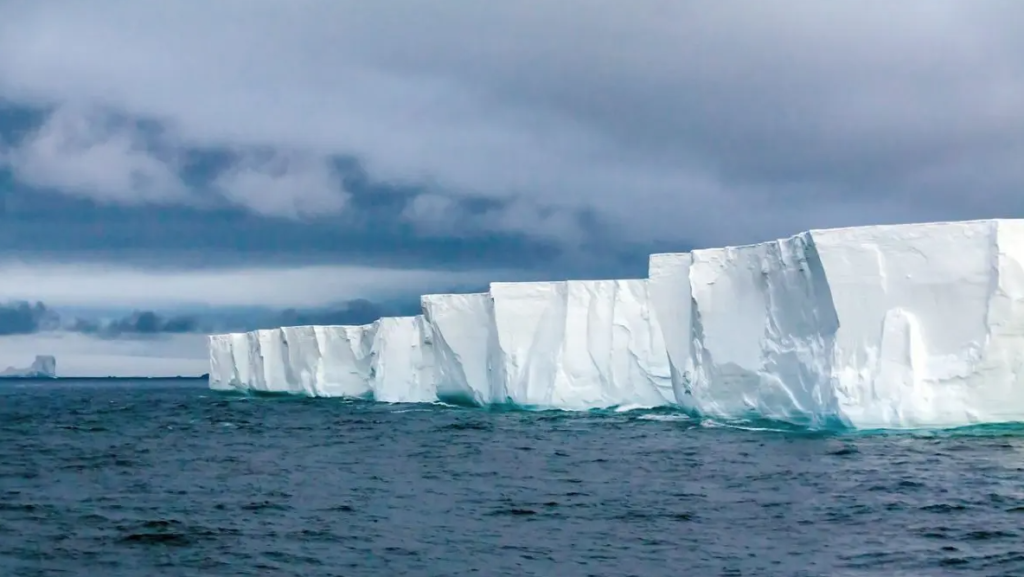Thwaites Glacier can raise global sea level by up to 3 meters
(Sustainabilityernvironment.com) – Antarctica’s most unstable glacier could soon melt faster than today. Even at double speed. Accelerating, cascading, the destabilization of the entire Western Antarctic shield. This is stated by a study recently published in Nature Geoscience that analyzes, for the first time, the history of the Thwaites glacier.
A story that left a mark on the seabed. And he tells how, in the last two centuries, the retreat of the Thwaites glacier in the areas where it is “anchored” to the seabed, and does not float, has undergone sudden accelerations. Also 2.1 km per year, which is double the average speed recorded between 2011 and 2019. Melting in these areas is crucial for the glacier’s fate: without this “support” the melting rate increases.
Scientists warn that what has happened in the recent past can be repeated today. “The Thwaites holds up today, and we should expect to see big changes on small timescales in the future – even from one year to the next – once the glacier has retreated beyond a shallow ridge into its bed” explains Robert Larter, one of the authors.
The fate of the Thwaites Glacier has an importance far beyond Antarctica alone. The repercussions of the dissolution are – and will increasingly be – global. It is one of the largest glaciers in the world, with a size of 600 x 120 km equivalent to Piedmont, Lombardy and Emilia-Romagna put together. And because of its instability, studied since the ’70s, it was christened “the doomsday glacier”. If it melted completely, in fact, it would cause an increase in sea level estimated at even 3 meters. Already today, alone, contributes each year to 4% of the rise in global waters.

